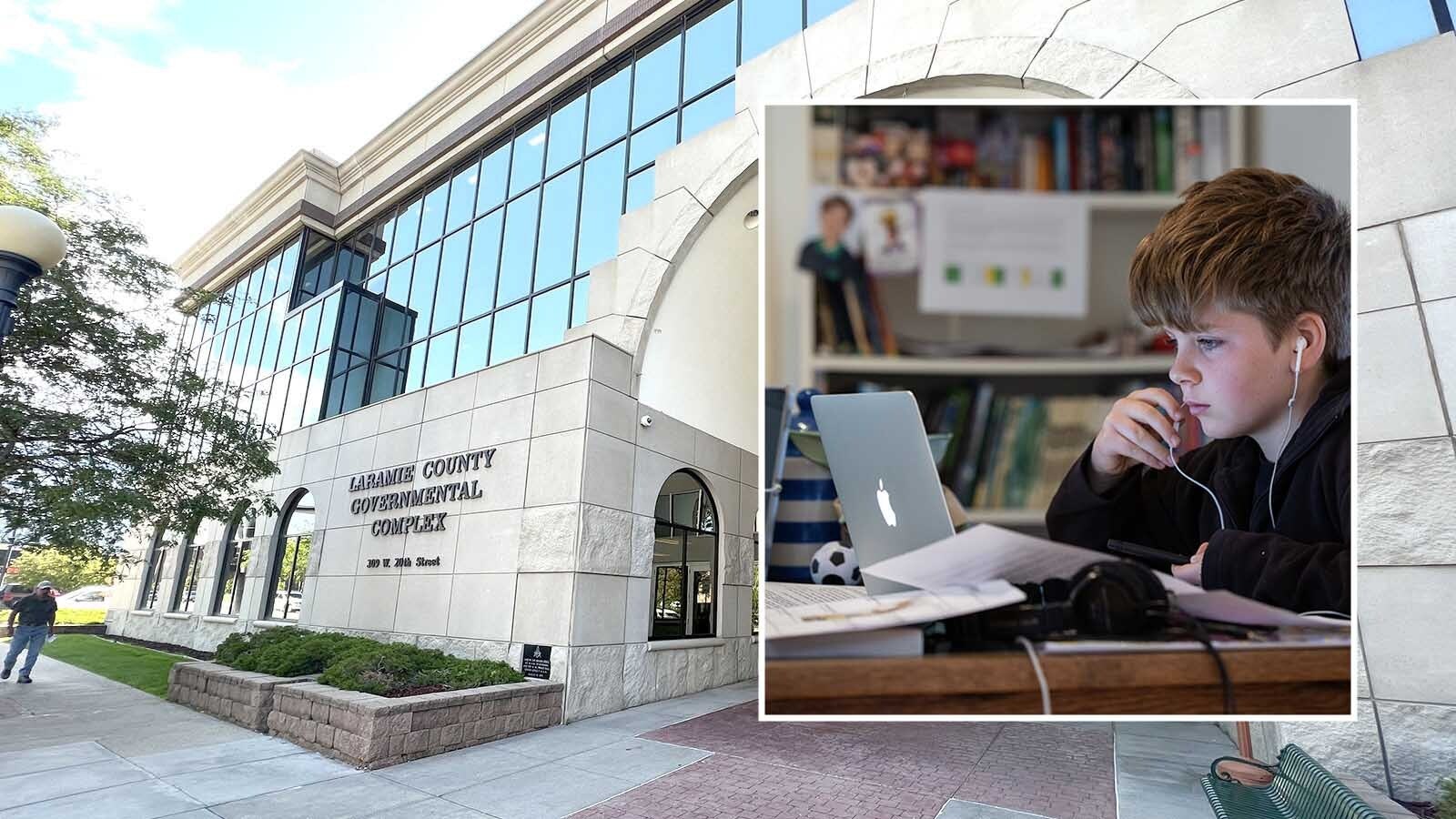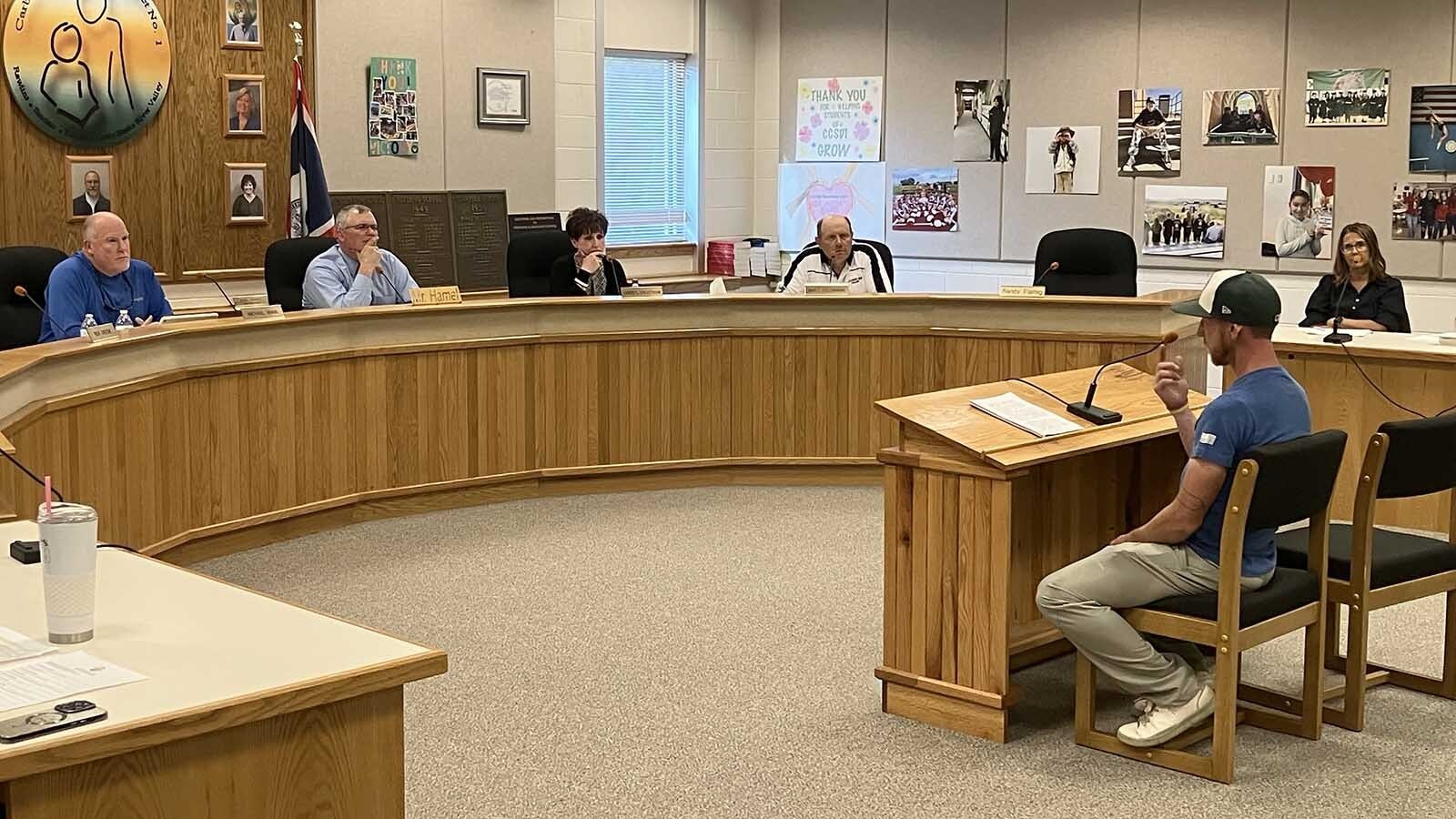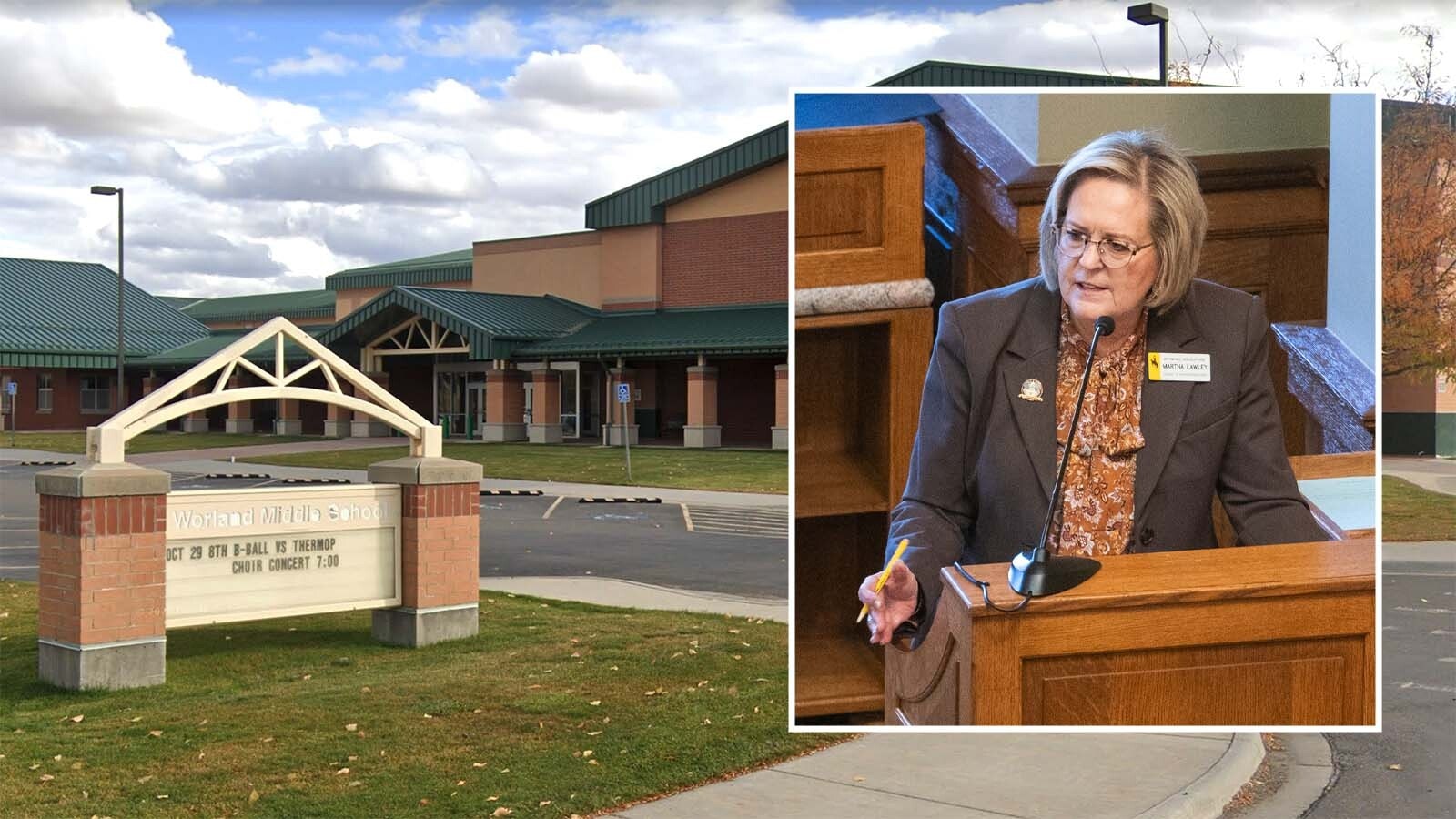By Becky Orr, Cowboy State Daily
Poverty, a widely diverse student population and cultural differences all contribute to the low college preparedness exam scores posted by Fremont County schools, according to educators.
But at the same time, the national ACT exam is just one of a number of indicators of student performance, said the superintendents of Riverton and Arapahoe school districts.
“We don’t spend a lot of time emphasizing the ACT tests,” said Roy Brown, the interim superintendent of Arapahoe schools. “We think it is a predictor of learning, but we really want to make sure our students are receiving, advancing and achieving based on where we received them. We’re really interested in growth.”
State figures show that Fremont County’s eight school districts had the lowest composite ACT scores statewide in 2018 and the highest average per-student public education operating costs. The information came from a statistical report compiled by state economist Wenlin Liu.
Fremont County’s composite ACT score was 17.9, compared with Wyoming’s score of 19.5, and Teton County’s 21.7 score. The highest score possible is 36. ACT is a college admission exam that tests knowledge about English, math, reading and science.
The statistical report also pointed out that in Fremont County, the cost of public education for 2018 averaged about $22,300 per student, while the state average was about $17,700 per student.
Terry Snyder, the superintendent for Riverton schools, said the high per-student costs could be explained by the fact Fremont County is the state’s largest (geographically) and contains eight school districts — six of them in communities with low populations.
Snyder and Brown agreed that their districts will continue to work with students and teachers to improve achievement. But both regard the ACT exam as just one indicator of student performance and will not base improvement goals on it alone.
“It (the ACT) is a college prep test and it relies on a broad case of knowledge and information,” Snyder said. “We don’t use that as an excuse, but it is a reality with a test like ACT.” He puts more weight with the National Assessment for Educational Progress and the state’s WY-TOPP student performance test.
The poverty level of a district can affect ACT results, according to Snyder. Research done by the ACT system concluded that students from wealthier parents scored higher than poor students.
The poverty level in Fremont County in 2017 was 13.7 percent, higher than the state average of 11.3 percent and the national average of 12.3 percent, according to the American Community Survey. Snyder said he’s not surprised by the correlation between poverty level and test scores.
“But once we get the scores, we go to work to improve that,” he said. “Whether the students come from wealth or poverty, we have to work with every kid to maximize their learning.”
ACT research also shows that hispanic, black and Native American students score lower on average than white and Asian students who take the ACT. Fremont County has a significant minority population, Snyder said. The county is home to the Wind River Indian Reservation, where members of the Northern Arapaho and the Eastern Shoshone nations live.
Arapaho High Charter School has a high percentage of non-white students, Brown said.
The charter high school has 23 students in grades 9 through 12 this year. The district gets instructional help from the Wyoming Department of Education, Brown said.
“We are planning to work with them (the department) more intensively” in the next training session.
Michelle Panos, communications director for the state education agency, said the department offers several supports for schools that don’t meet expectations in various areas, whether it’s in Fremont County or any school district in Wyoming.
Resources include providing teacher training workshops and lessons in how to work with materials that are culturally and contextually sensitive, she said in an emailed response to questions.
Panos said an ACT score is not the only indicator school districts use to measure student success. WY-TOPP scores and NAEP scores are examples of others, she said.
“These are only snapshots of student performance,” she said. “Along with these, district level assessments use multiple measures that look at student performance over multiple periods in time.”
Making the curriculum relevant to Native American students is an important goal, according to Brown. Staff members at Arapaho High Charter School teach the Northern Arapaho language and two other districts in the county teach the Northern Arapaho and Eastern Shoshone languages.
“We really believe it helps students become better rounded and primed for opportunities to learn,” Brown said.
“It may not directly affect ACT scores now, but once students are in an environment where they feel safe,” the academic instruction will be better received, he said.
Teaching the language has helped get students more engaged with school.
“We have students who haven’t always enjoyed coming, but once they are in these activities, they feel validated and many hate to miss school now,” Brown said.
Alfred Redman is a Northern Arapaho Tribal Education director and also is affiliated with Sky People Higher Education, an organization that helps provide scholarships to Native American students who want to attend college.
Redman, 82, taught social studies for 23 years at the Wyoming Indian High in Ethete. He wants to make education relevant to students and continues to stay involved. Redman wants to change the curriculum to better fit the needs of Native American students.He wants to get parents and educators in Fremont County schools to meet so they can identify areas to improve.
“I’m having a hell of a time getting people to come together,” he said. “I’m trying to find out from the people what they think.”





